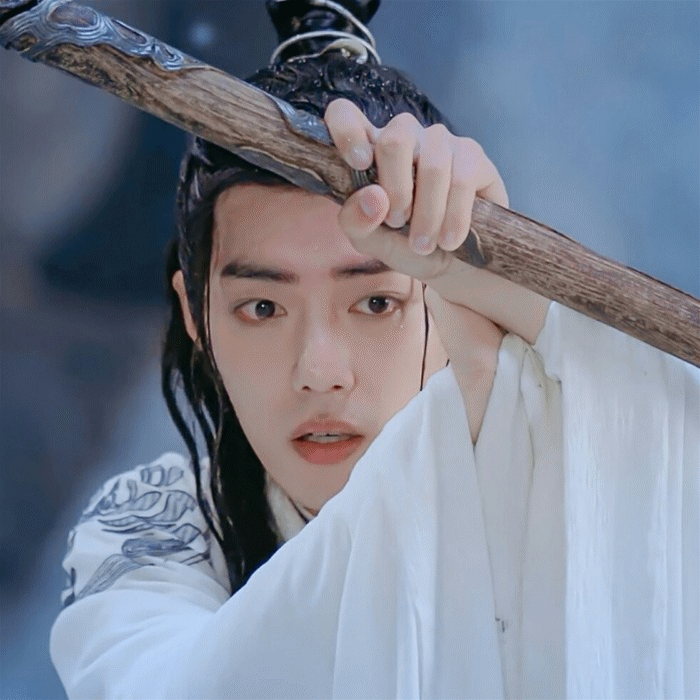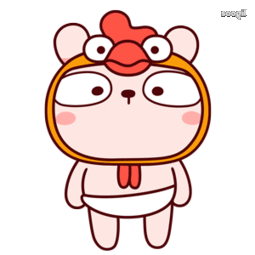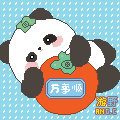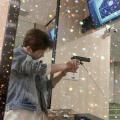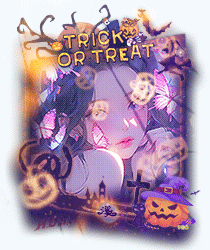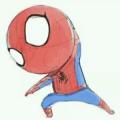Dragon
传说中一种神异、祥瑞的动物,其形象综合了多种动物的特征:牛头、 鹿角、虾眼、驴嘴、人须、蛇身、鹰爪等;能走、能飞、能游泳,能兴云布雨、善于变化,法力无边。它是中华民族最古老的图腾之一,秦汉以后成为帝王或皇室的象征,后又演化为汉民族及所有中国人共同的精神标记和文化符号。中国“龙”象征统合、强大、尊贵、威严、杰出、吉祥等,与西方神话传说中邪恶、贪婪的dragon有所区别。
The dragon is a mystique and auspicious animal in Chinese mythology, with its image having the features of a number of animals: bull’s head, deer antlers, shrimp’s eyes, donkey’s mouth, human beard, snake’s body, and eagle’s claws. It can walk, fly, swim, and even raise clouds and make rain. It holds boundlesssupernatural powers and can transform itself into different creatures at will. As one of the oldest totems of the Chinese nation, the dragon became a symbol of the emperor or the imperial house after the Qin and Han dynasties. Later, it further evolved into a common spiritual and cultural symbol of the Han ethnic group and all Chinese people. In China, the dragon represents unity, power, reverence, dignity, excellence and good luck, which is quite opposite to the evil and greedy dragon in Western mythology and tradition.
引例 CITATIONS
龙,鳞虫之长。能幽,能明,能细,能巨,能短,能长;春分而登天,秋 分而潜渊。 (许慎《说文解字·龙部》) (龙,有鳞动物之首。能隐能显,能小能大,能短能长;春分时飞到天上去, 秋分时潜隐在深水里。)
The most powerful among scaly animals, the dragon can hide itself or be visible, be small or huge, be short or long. At the Spring equinox it mounts into the sky, and at the Autumn equinox it hides deep in the water. (Xu Shen: Explanation of Script and Elucidation of Characters)
龙能大能小,能升能隐。大则兴云吐雾,小则隐介藏形;升则飞腾于宇宙 之间,隐则潜伏于波涛之内。……龙之为物,可比世之英雄。 (罗贯中《三国演义》第二十一回) (龙能大能小,能飞能隐。若变大,就能兴起云雾;若变小,就能隐藏形体; 若高飞,则能在宇宙间飞腾;若隐藏,则能在波涛内潜伏。……龙作为一种 物,可以用来类比人世间的英雄。)
A dragon can be big or small, and it can soar or hide. When big, it raises clouds and spews mist. When small, it conceals its body and becomes invisible. When soaring, it flies up in space, and when hiding, it lies low in the waves… A true hero should act just like a dragon. (Luo Guanzhong: Romance of the Three Kingdoms)

